Madeleine Knowles remembers his blue sheets, the smell of cheap soap in the bathroom, and the sound of a dripping tap. But she doesn’t remember the picture being taken. She wasn’t meant to.

Madeleine never saw the picture. She didn’t even know there was one until she told her friend about the abuse the next day. “I briefly explained what had happened, I told her ‘I've kind of been assaulted’.”
“I know,” her friend replied. “My boyfriend was sent a photo of you passed out naked.”
It was a year before Madeleine spoke about that night again.
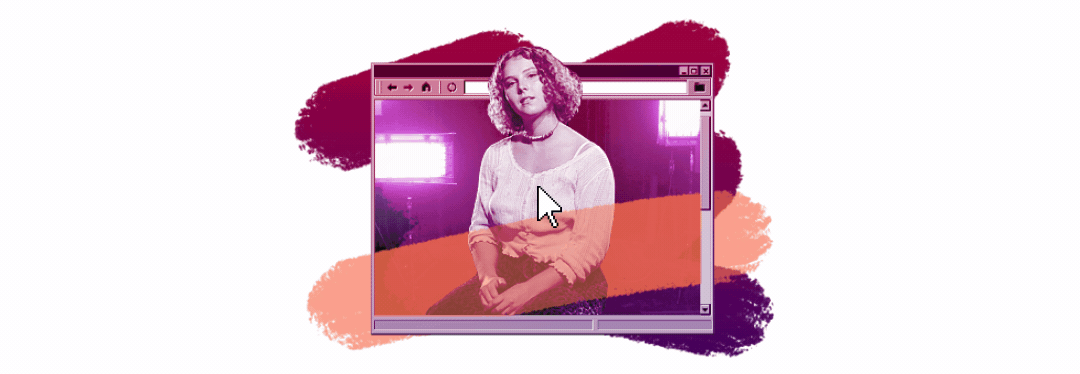
Madeleine, 22, grew up in the seaside suburb of Lyall Bay in Wellington running around barefoot, directing skits with other kids in her neighbourhood. She calls herself a “mover” - she’s always loved using her body to express herself. “You will always find me on the dance floor,” she laughs. “You’ll find me breaking out all the moves.”
That night, that’s exactly where she was. She was out dancing with her friends in Wellington, hopping between bars. A guy she had been seeing was there as well. Between overpriced drinks, they laughed and flirted. “That night I was happy,” she smiles.
After dancing until her feet ached, Madeleine decided to go home with him. She was giddy and excited on the walk home, but those feelings expired almost as soon as they arrived and he ushered her into his room.
“He undressed me forcefully and pushed me into the shower.”

Madeleine used all her strength to fight him off in the enclosed shower but eventually, her body gave up. “Your body goes through fight, flight, or freeze and you just go into shock,” she says. Exhausted and scared, he put her on his bed.
She focussed on little things to distract from what was physically happening.
Drip. She listened to the sound of water dripping onto the porcelain sink in the bathroom. Drip. She looked around his room and memorised the floor plan. Drip. She thought back on the night and wondered how late it was. Drip. Drip. Drip.
When it was over she closed her eyes and fell asleep.
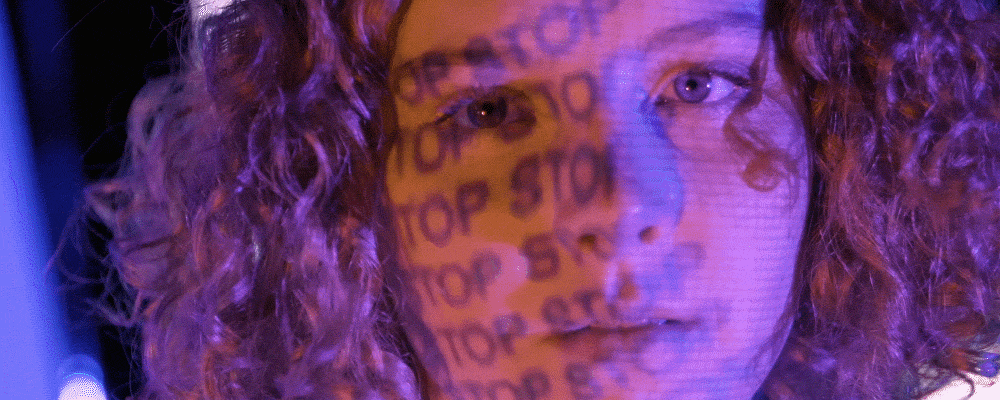
“Your mind is exhausted. You have physically been fighting someone off for so long that your body actually shuts down. I couldn't go anywhere,” she explains. “I slept there until I could get myself up in the morning and walk home.”
She had no idea photos were taken of her while she was asleep and shared in a group chat.
Image-based sexual abuse is often called ‘revenge porn’, and it refers to the non-consensual sharing of explicit images. The stereotypical story often starts with nude images that were taken consensually and shared with a trusted partner at the time. But when the relationship turns sour the images are used as revenge and are shared without consent to family, friends, work colleagues, or to complete strangers on revenge porn websites or on social media.
But it’s not always this cut and dry. Images can be taken without any consent at all and sharing them isn't always about revenge. That’s why the term ‘revenge porn’ is problematic. People can share, or threaten to share images for blackmail purposes, sexual gratification, or even to boast to others. The term ‘image-based sexual abuse’ is a more accurate description that also encapsulates upskirting, fake-porn, sexual extortion, and videos of sexual assaults and rape.
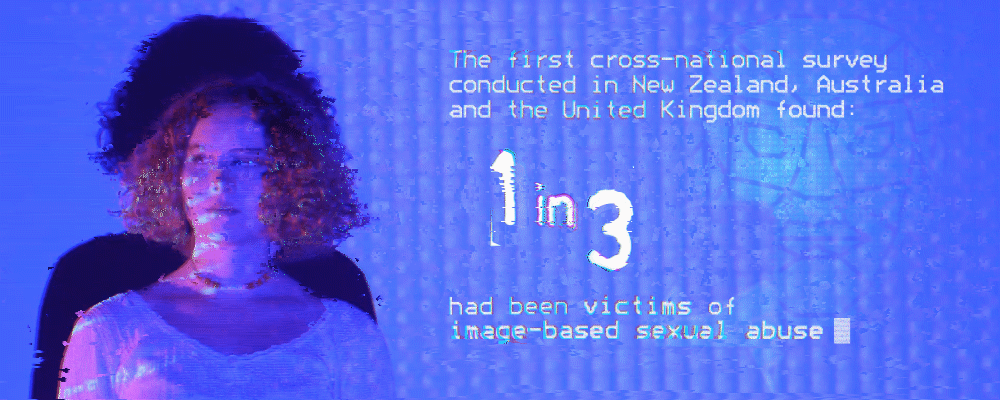
The first cross-national survey conducted in New Zealand, Australia and the United Kingdom found one in three people had been victims of image based sexual abuse. And a shocking number of victims (20 percent) said they never consented to the content being taken. “Our interviews with victims uncovered cases of people being photographed or filmed without their knowledge in the shower, while sleeping, over Skype and during sex,” the lead author Associate Professor Anastasia Powell said in the study.
“I'm aware that that's a crime. Having non-consensual nude photos published online or leaked is illegal,” says Madeleine. Taking explicit photos of someone without consent, known as intimate visual recordings, is an offence in the Crimes Act 1961. But up until recently, the criminality of sharing or threatening to share intimate images without permission was murky. However, since the Harmful Digital Communications Act (HDCA) was established in New Zealand in 2015, victims of image-based sexual abuse now have specific avenues to take their abusers to court.
The Harmful Digital Communications Act aims to "deter, prevent, and mitigate harm” caused by digital communication, and provide victims with “quick and efficient means of redress" for any harm that is caused. The first point of a call is Netsafe, the government-approved organisation under the HDCA to investigate possible breaches of the Act and give advice to victims. Netsafe doesn’t have legal enforcement powers, but they can provide mediation and request the removal of harmful content on websites or social media accounts.
But if a resolution cannot be made through Netsafe, victims can go to court. Anyone found guilty can face up to two years in prison or be fined up to $50,000. In 2019, there were 137 charges for HDCA offences, 58 percent of which were convicted - the highest amount of annual convictions since the Act began. Since 2015, there have been a total of 252 convictions under the Act.
Madeleine did her best to disconnect herself from what had happened, but her body couldn’t. Her trauma physically manifested as psoriasis. “I could peel chunks of my hair and my skin off myself,” she says. She battled with bulimia for two years and started seeing a counsellor.
She also became afraid of the shower. It took two weeks after her abuse for her to feel strong enough to bathe. “I didn't shower because I physically couldn't put myself back in that space.”
“Sometimes stepping into the shower brings back those memories or that feeling of pushing someone away and saying no,” she says. “It's taken me two, three years to get to a stage where I've acknowledged all of that.”
That night also changed the way Madeleine feels safe being intimate with another person. It’s taken time for her to feel comfortable with touch again, and she still hasn’t been with a man since. “After that moment I've only been with women,” she says.
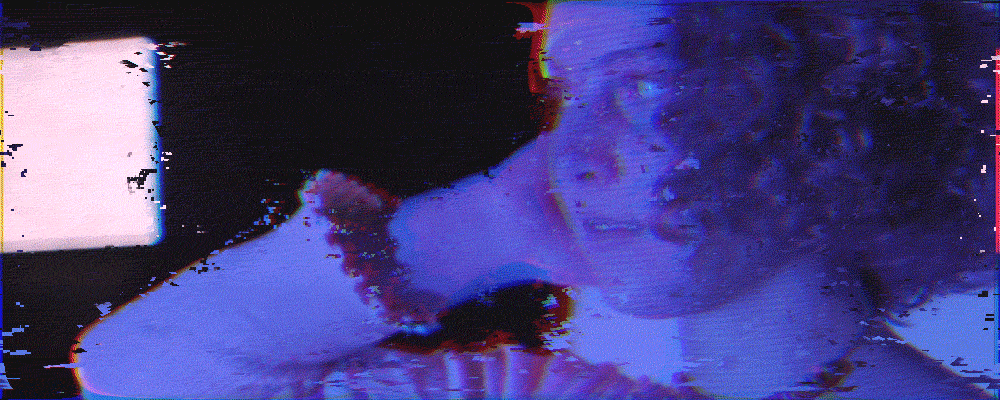
Because the HDCA is so new, its effectiveness is up for debate. One of the most controversial aspects of the Act is how a victim must prove they have suffered “significant emotional distress” for it to be a crime. Despite every victim's freedom to react differently, a judge has the power to decide whether or not the harm is “significant” enough.
This means someone who shared an image without consent could argue they are not guilty of the crime because the victim was not severely distressed, rather than solely focusing on whether the crime has happened or not.
In 2016, a woman in Manukau District Court said she was “very depressed” after an ex-partner posted semi-nude images of her on Facebook. However, the judge ruled that because the digital communication was not repeated and the audience seeing the photo was small, the level of harm was not high enough and all charges were dropped due to insufficient evidence of her distress.
The judge said in his decision that "morally repugnant or merely upsetting" did not equate to “serious emotional distress” and therefore the case was not sufficient to be convicted under criminal law. In his eyes, proof of distress needed to be something that required counselling or medical treatment. But this subjective measurement of distress fails to take into account the different ways victims cope with trauma, let alone the barriers that stand in between wanting and actually receiving counselling or medical support.
In July 2020, Labour MP Louisa Wall proposed an amendment of this law. The Harmful Digital Communications (Unauthorised Posting of Intimate Visual Recording) Amendment Bill would remove the requirement for a victim to prove emotional distress. It would make simply posting explicit content without consent a crime. Under this Bill, consent must be shown to be “expressed, voluntary and informed”.
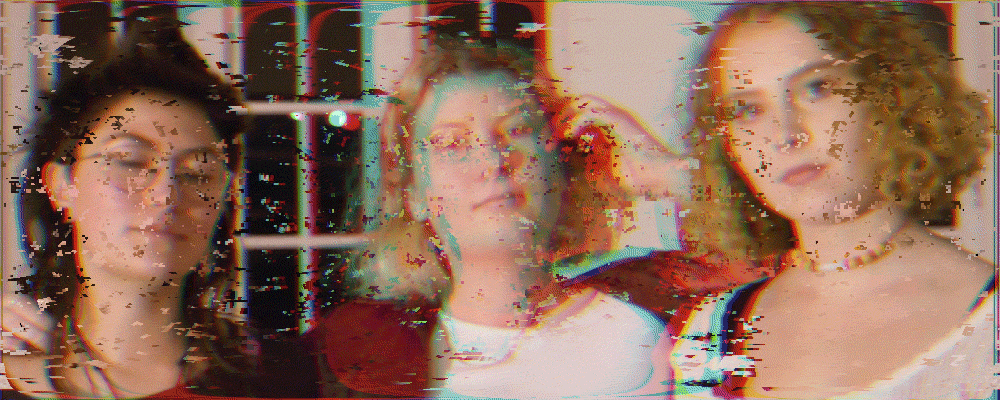
Madeleine didn’t speak about her abuse until a year after it happened, when a group of friends told her about how they were also sexually abused. “I was afraid to talk about it for a long time but after hearing stories that were almost identical to mine, I finally felt like I finally could share mine.”
This support gave her the strength to report her abuse to the police. Her friend and her friend’s boyfriend who had seen the image also made a statement. But when the police reached out to Madeleine for further information on the case, she decided not to continue.
“At this point, I was just emotionally so distraught and I really needed to give myself some love and give myself some time to recover and heal from that trauma,” she says. Her counsellor also warned her about the system’s flaws and how difficult it would be to get justice without having the images as evidence.
The case is now closed because it has been two years since she made her statement, but if she wanted, Madeleine can reopen it. She isn’t ready just yet, but if she found the photos she might be.

“But because I don't know where they are or how to find them, I have the slimmest chance of getting anywhere in the legal system.”
Senior barrister Anne Stevens QC specialises in criminal and mental health law and has acted in sexual abuse trials for over 30 years. She says convicting someone of image-based sexual abuse without having the photo as evidence would be “incredibly difficult”. Not only does there need to be proof of the photo, but there also needs to be proof that the perpetrator took it.
“You’d have to prove it came from his phone and that only he uses that phone. There are a lot of hurdles here. And because it has been left so long it is going to be hard for a technician to go back and trace that material, I don’t know if they could.”
“Even if she calls on two people to say they saw the photograph, how do they prove he took it?”
A 2019 Netsafe report, which was the first attempt at understanding the extent and nature of image-based sexual abuse in New Zealand, found men and women were equally as likely to be victims, but women aged 18-29, and those who identify as Asian or with the LGBTQ community were particularly vulnerable.
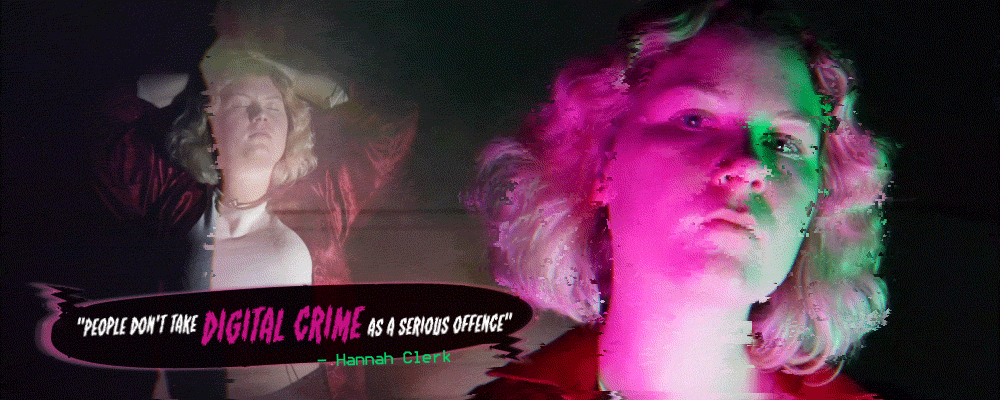
Perpetrators are more likely to be men, and the vast majority of offenders are ex-partners or a stranger. The study also found that New Zealanders generally lack understanding of how the law treats image-based sexual abuse cases or where to get advice and support.
Another controversial aspect of the current law is its focus on the perpetrator's intent. To be convicted under the HDCA, the perpetrator must have shared or threatened to share the image “with the intention that it cause harm to a victim”. But if, for example, a perpetrator can convince a judge they weren't trying to harm the victim, they could be found not guilty - regardless of a lack of consent. While it may be true that explicit images can be shared without the intention of harm, this does not mean victims do not suffer.
In regards to Madeleine’s case, QC Anne Stevens says given there had been a sexual assault, it could be inferred the perpetrator did intend harm when he took the photo. “He would have to give evidence to say ‘I just wanted it for my personal gratification.’ But how would he do that if there was evidence he had shared it?”
The cross national survey across New Zealand, Australia and the UK found perpetration of image-based sexual abuse was on the rise. One in six admitted to taking, sharing or threatening to share a nude image without consent in 2020, compared with 1 in 10 of those surveyed in 2016. Despite the rise, the study reports there was no corresponding increase “in people sending consensual sexy selfies”. This suggests it’s not an increase in victim behaviour, but instead an increase in the actions of perpetrators.
So why are people sharing images without consent? Perpetrators in the study say their reasons for the abuse was “for fun, to flirt or be sexy, to impress friends or trade images, to control, embarrass, and/or get back at the person in the image.”
A UK report Shattering Lives and Myths also found perpetrators were sharing images for “lad points” or “sexual entitlement”. “A key theme was ‘misogyny and entitlement’: where men are more motivated by how they are perceived by others, than by harming the victim-survivor,” the report said.
This is how Madeleine sees her case. The friend who saw her photo had also seen another explicit photo of a different woman in the same group chat. “To hear that was another shock,” says Madeleine. “That maybe it wasn't just me and this group of guys were doing it for fun almost.”
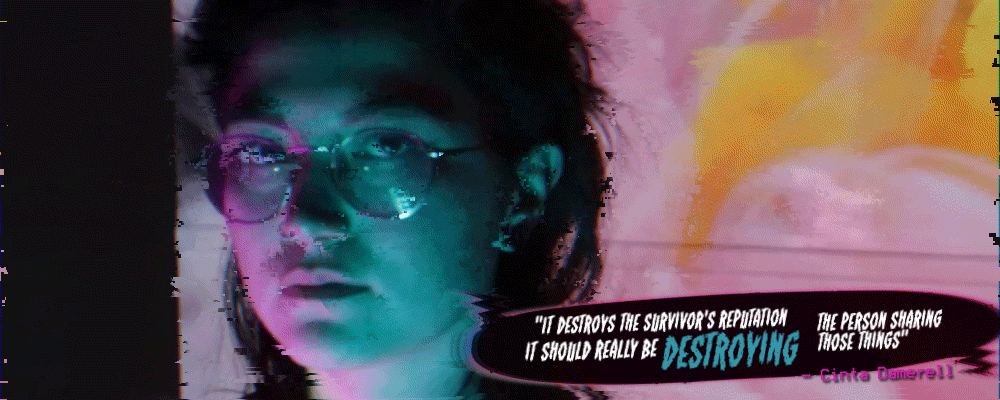
Four years later Madeleine still wonders where those photos are or if she’ll ever see them. Now a 22-year-old budding actress, she tortures herself imagining what would happen if they surface.
“Knowing that there are maybe still photos of me out there, especially photos that I don't want out there and ones that have already been seen by people scares me,” she says. “You never know when that could come and smack you in the face.”
“That could be your career, gone like that.”
Watching the #metoo movement forced Madeleine to question whether she wanted to be part of an industry where misogyny and abuse are rife.
“It was really hard to take. It definitely knocked me down for a while and I was like, shit what am I getting myself into?’” she says. “But it was also empowering because the industry started the movement and the conversation and it has to start somewhere.”
Now Madeleine has made it her mission to empower more women to share their stories. Along with the women that supported her, she is making a “We Too” safe space on Auckland’s Karangahape Road for survivors of sexual assault. “So many artists have left the creative industries due to feeling unsafe and unsupported”, their website reads. “This needs to change.”
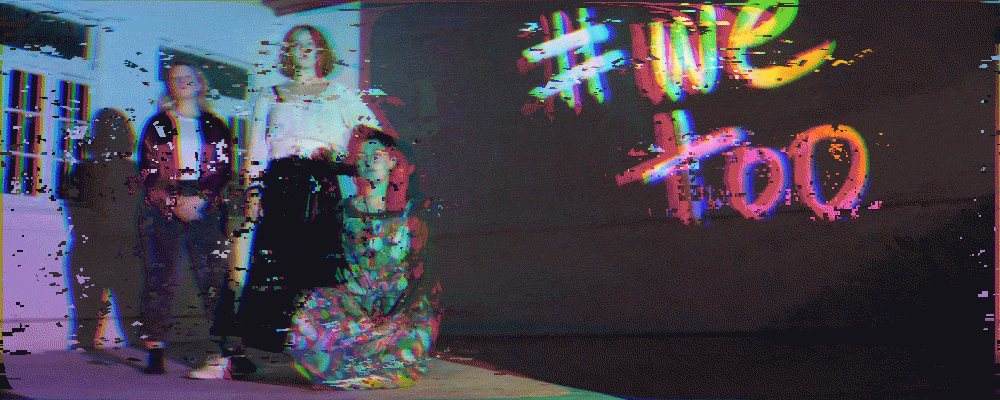
The name was inspired by a 2018 United Nations speech by Jacinda Ardern, where she said "Me Too must become We Too. We are all in this together.”
Madeleine’s co-founders Hannah Clerk, Cinta Damerell, Ashleigh Williams and Elizabeth Winders are all survivors of sexual assault. They hope to create an environment where artists who have been sexually abused can not only share their story and be part of a community, but also share their craft. The space will host everything from yoga and live painting classes, exhibitions and screenings to dance rehearsals and workshops. There will also be access to intimacy coaches and other resources to help with trauma.
Hannah, 23, says they created the space because of the huge gap around what healing from sexual harm looked like. “If you google sexual trauma or sexual harm, you're not going to be faced with positive stuff, you're going to be faced with all the hardship,” she says. “This was about creating a healing space, a positive community to tackle this issue.”
“For me, the healing was bringing joy back into my life.”
Cinta, 23, says art played a huge role in her healing process, which is why the group wants to make art accessible to other survivors. “The experience that you have can be really dark, but through the process of making you can really find joy and a little bit of light. It’s just to remind yourself that you have value.”
If nothing else, the group hopes the space can act as a safe zone for all survivors, not just artists, to feel stronger in numbers.
“I really hope this We Too space allows survivors to heal,” says Madeleine. “That's a really big thing. Giving them space to be okay with not being okay, to hear other people’s stories and feel empowered to speak up about their own story. It’s about creating a community so that this change can keep growing.”
“It might be because I'm young and I'm naive but I do think that slowly we can change this. The more stories that we hear the louder our voices are. Now feels like the time to really keep this ball rolling.”
You can follow @wetoowantchange on Instagram and Facebook to see what’s happening in the space on 358 Karangahape Road.
What to do if you're affected by image-based sexual abuse
- Screenshot the content if possible
- Report the content to the platform that it’s on (e.g. Facebook, Twitter, YouTube etc.)
- Report the profile/account of the person who shared the content
- Contact Netsafe to report the incident and discuss your options
Where to go if you need help
Lifeline 24/7 - 0800 543 354
Kidsline (aimed at children up to 18 years of age, available 24/7) – 0800 54 37 54
Depression Helpline 24/7 - 0800 111 757
Healthline - 0800 611 116
Samaritans - 0800 726 666 (for callers from the Lower North Island, Christchurch and West Coast) or 0800 211 211 / (04) 473 9739 (for callers from all other regions)
Youthline - 0800 376 633, free text 234 or email talk@youthline.co.nz
What's Up (for 5-18 year olds; 1 pm to 11 pm) - 0800 942 8787